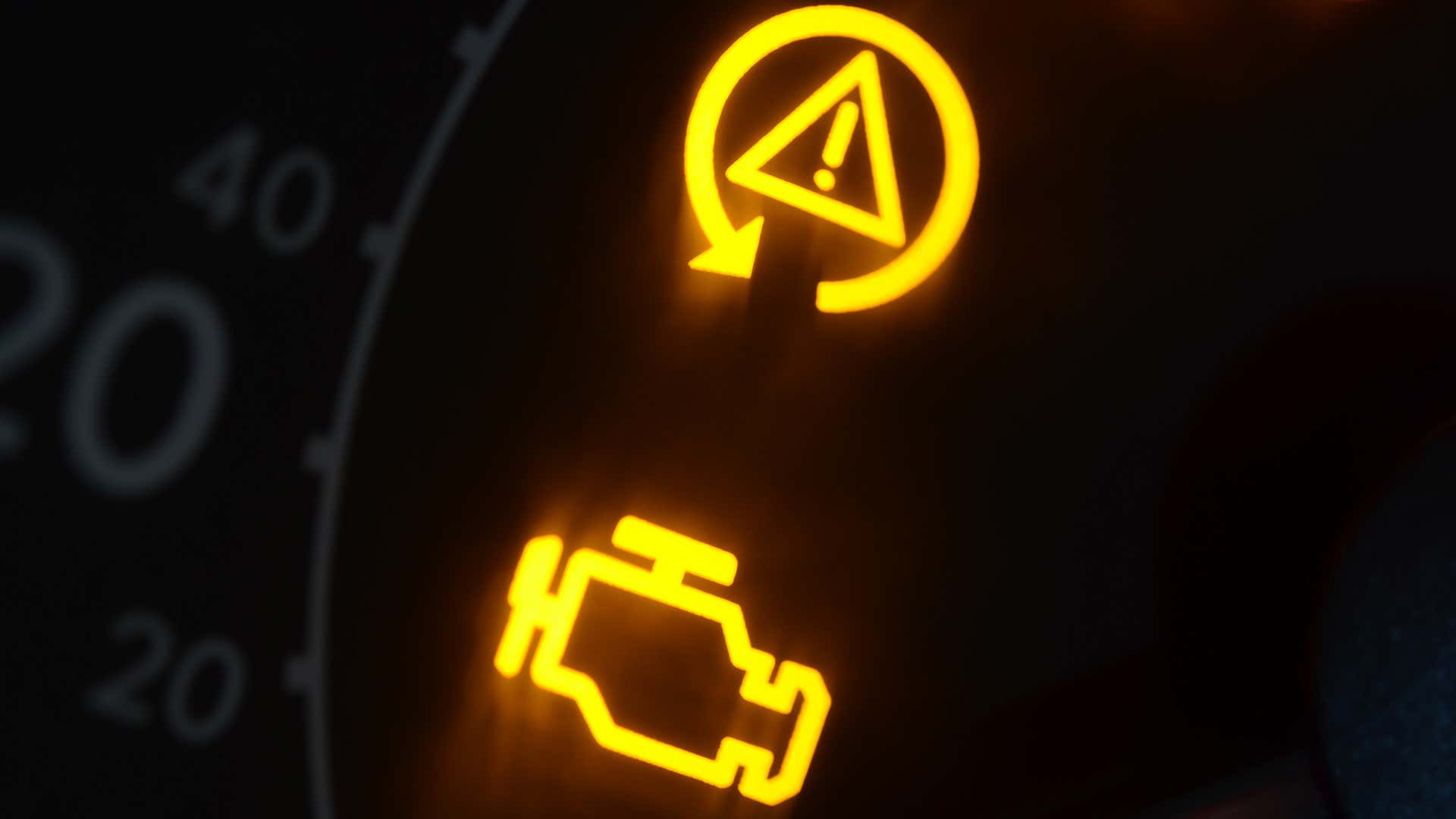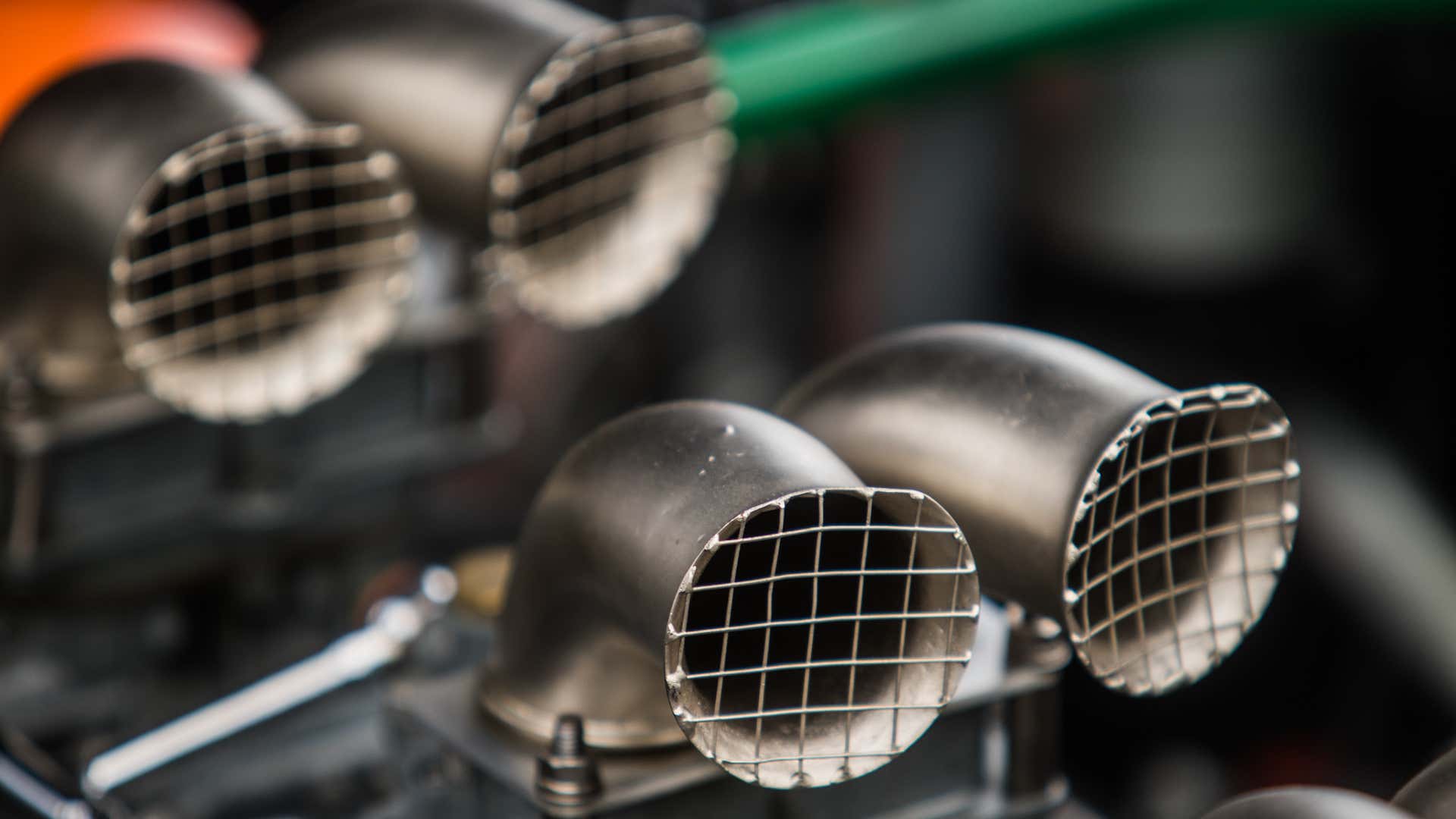The Drive and its partners may earn a commission if you purchase a product through one of our links. Read more.
Your car’s engine is an amazing feat of engineering, but it doesn’t take much to cause problems with the way it runs. Too much air, too little fuel, a field mouse making the engine bay it home, and things can start to get dicey. The fun part of all of this is that there are several sensors and your car’s electronic control unit (ECU) that are in charge of monitoring the whole process, and the failure of any part of the system can cause issues.
Quarterbacking the whole game, the ECU monitors the flow of both air and fuel into the engine and directs changes to either part to ensure the proper mixture. This process, known as both short- and long-term fuel trim, is how the ECU keeps track of how much fuel is flowing in.
It’s totally fine if you’ve never heard of this concept before—many haven’t. But it’s not too late to learn the ins and outs of fuel trim! We know you’re champing at the bit to do just that. The Drive’s fluid dynamicists have done the calculations to bring you the basics of fuel trim, why and how it happens, and what you can do to fix it if there’s a problem. Let’s dive in.

Your car will use a check engine light to let you know of problems.
What Is Fuel Trim?
In short, fuel trim describes the adjustments that a vehicle’s engine control unit (ECU) makes to the fuel delivery system to keep the air-fuel mixture as close to its ideal ratios as possible.
Short Term Fuel Trim
Short-term fuel trim happens as a result of changes in the oxygen levels of exhaust gases. An oxygen sensor monitors the flow and generates a signal that is proportional to the oxygen levels in the gases. In a properly functioning system, the ECU will react and immediately make changes as the exhaust gases change. This immediate response is why it’s called short-term.
Long Term Fuel Trim
Long-term fuel trim relies on sensors further downstream in the exhaust system, past the catalytic converter. While the sensors’ signal will fluctuate frequently upstream, where short-term fuel trim is measured, the signal at the sensors further down should be fairly constant. Long-term fuel trim refers to the measurements these sensors make, which are effectively an average of the modifications the ECU made as a result of short-term fuel trim.
That Sounds Like A Ton Of Data. What Does It Mean?
Your vehicle is constantly monitoring its air-fuel mixture and is making adjustments to keep it as close to the ideal range as possible, so you absolutely need all that data. A scanning tool can show the short- and long-term fuel trim numbers as a percentage. This can be a negative number as well. Here’s what that means.
Positive
If the value is a positive number, it means that the ECU is adding more fuel to the mixture to enrich it because the information it’s receiving indicates that the air-fuel mixture is too lean.
Negative
If the value is negative, it indicates that the ECU is decreasing the flow of fuel into the injectors because the data it sees shows that the air-fuel mixture is too rich.
What Causes Lean Or Rich Mixtures?
Unraveling the causes behind lean or rich fuel mixtures can be frustrating, but it’s not impossible. In general, if you’re seeing issues with the air-fuel mixture, it’s caused by one of these things.
Fuel System Problems
If there’s a malfunction in the fuel system, the levels of fuel entering the engine can be too high or too low, which would cause a rich or lean scenario.
Oxygen Sensor Failure
If an oxygen sensor fails, the ECU might not be able to make the correct decisions on the air-fuel mixture.
Mass Air Flow Sensor Failure
The mass airflow sensor monitors and communicates the levels of oxygen entering the engine. Sensor failure could lead to the wrong fuel mixtures from the ECU.
Leaks and Damage
If the system is expecting a certain level of fuel or air and does not receive it, the air-fuel mixture could be disrupted.

Air-fuel mixtures are a delicate balance.
Fuel Trim Terms You Need to Know
Get educated!
Air-Fuel Mixture
Your car’s engine requires a specific balance of air and gasoline to run properly. This ratio is referred to as the air-fuel mixture and is monitored by various sensors. The car’s electronic control unit (ECU) is the brain that controls the mixture and makes changes to the delivery of either component, based on its assessments.
Rich
Running rich means that there is too much gas in the air-fuel mixture. This can happen for a variety of reasons, but in a normally functioning system, the ECU will tell it to cut back on the fuel flow to compensate.
Lean
Running lean means that the engine doesn’t have enough fuel to match the levels of oxygen that it’s receiving. The ECU should be able to open the fuel injectors more to allow for higher fuel levels in the mixture.
ECU
The ECU is part of a vehicle’s “brain”. It’s the electronic control unit, and it monitors nearly every part of a car’s operations, from the air-fuel mixture to how much are is in the tires.
FAQs About Fuel Trim
You’ve got questions, The Drive has answers!
Q: Ok, Then Can I Make Changes To The Fuel Trim?
A: Flashing (wiping and reprogramming) the ECU might be one way to do this, but there’s no real benefit to messing around the fuel trim or the air-fuel mixture unless you’re doing so to improve performance in a competition scenario. If there’s a problem with your fuel trim functions or with the air-fuel mixture, it’s best to have a professional diagnose and remedy the problem in a controlled manner.
Q: So Will I See A Check Engine Light?
A: You probably will. If the ECU detects a change in the air-fuel mixture, or if there’s a problem with a sensor, you’re likely to find out about it via the check engine light.
Q: Alright, Can A Fuel Trim Issue Cause Other Problems?
A: If your engine isn’t getting what it needs to run properly, you could experience backfires, stalling, and other issues while driving. This is bad for a bunch of reasons, but it’s hardest to ignore the fact that it could cause you to wreck the car.
Let’s Talk, Comment Below To Talk With The Drive’s Editors!
We’re here to be expert guides in everything How-To related. Use us, compliment us, yell at us. Comment below and let’s talk! You can also shout at us on Twitter or Instagram, here are our profiles.
Jonathon Klein: Twitter (@jonathon.klein), Instagram (@jonathon_klein)
Tony Markovich: Twitter (@T_Marko), Instagram (@t_marko)
Chris Teague: Twitter (@TeagueDrives), Instagram (@TeagueDrives)
"term" - Google News
January 26, 2021 at 07:15PM
https://ift.tt/3c9Ng6J
What Should Long Term And Short Term Fuel Trim Be? - The Drive
"term" - Google News
https://ift.tt/35lXs52
https://ift.tt/2L1ho5r
Bagikan Berita Ini

















0 Response to "What Should Long Term And Short Term Fuel Trim Be? - The Drive"
Post a Comment